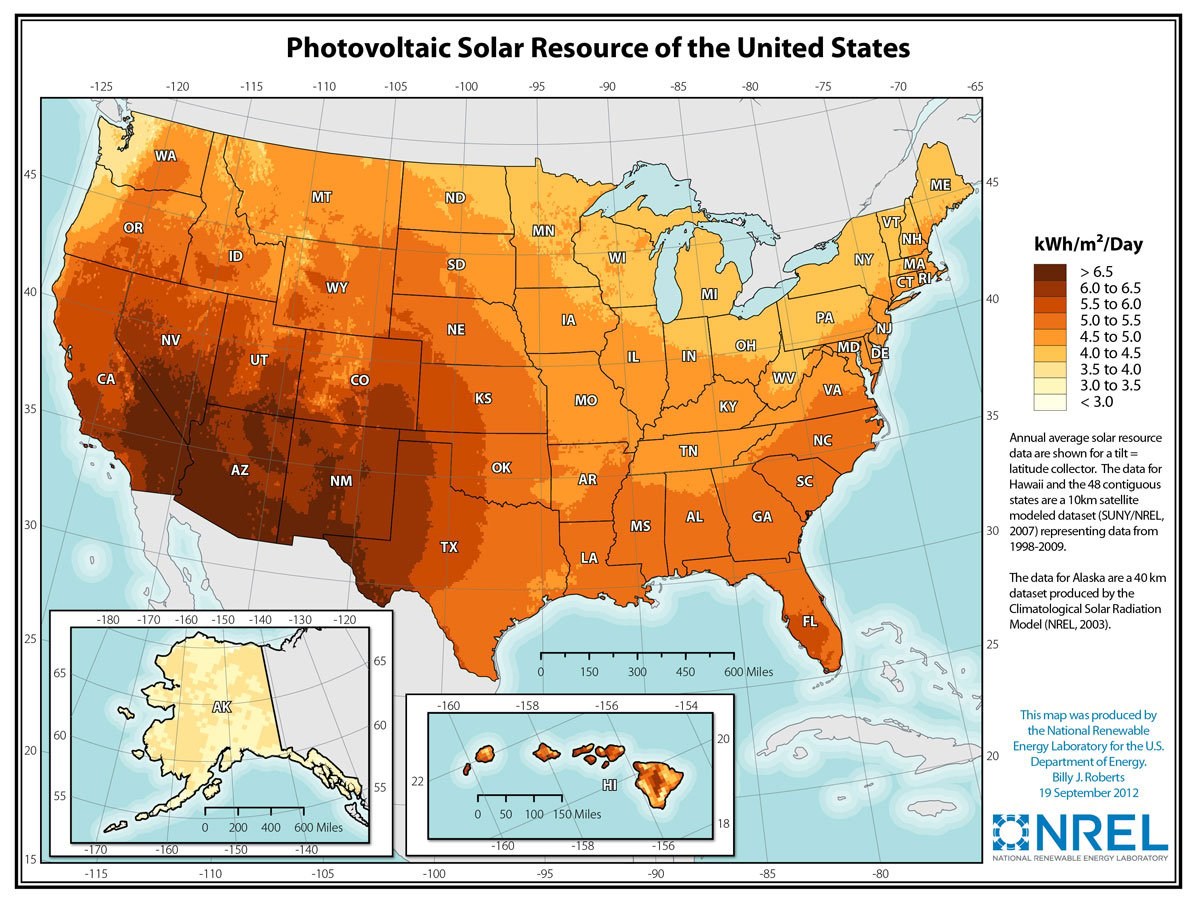.It doesn't matter if you rig the PV in parallel or series, and it doesn't matter if you run your battery bank at 12v or 24v...the MPPT is gonna stuff the same watt*hours into your battery either way.
.
If your truck has a 12v chassis electrical system, then I'd rig the house battery bank to 12v...
.
I'd rig the PV array in parallel because either way, the Vmp is high enough for battery charging, and rigged in parallel is redundant. Use a 4 breaker disconnect/combiner from Midnite and if one module craps out or eats a tree branch and gets broken, just flip the disconnect for that one module and keep on truckin' with 3 modules.
dwh ~ This is the explanation I was looking for. :clapping: You sir deserve a beer, someone get that man a beer; thank you.
.
Idasho ~ Reading back I understand better what you where getting at.
.
My truck is a 12V chassis and so is the module, keeping the house batteries in 12V makes things simpler but do I lose any efficiency with my appliances running them with 12V power vs. 24V power?
.
In parallel the system produces (Magic Land) 31.2V@36.28A
.
or Parallel with 2 panels in series = 62.4V@18.14A
.
All of which are 1120W but provide redundancy and will charge the 12V or 24V Battery bank.


